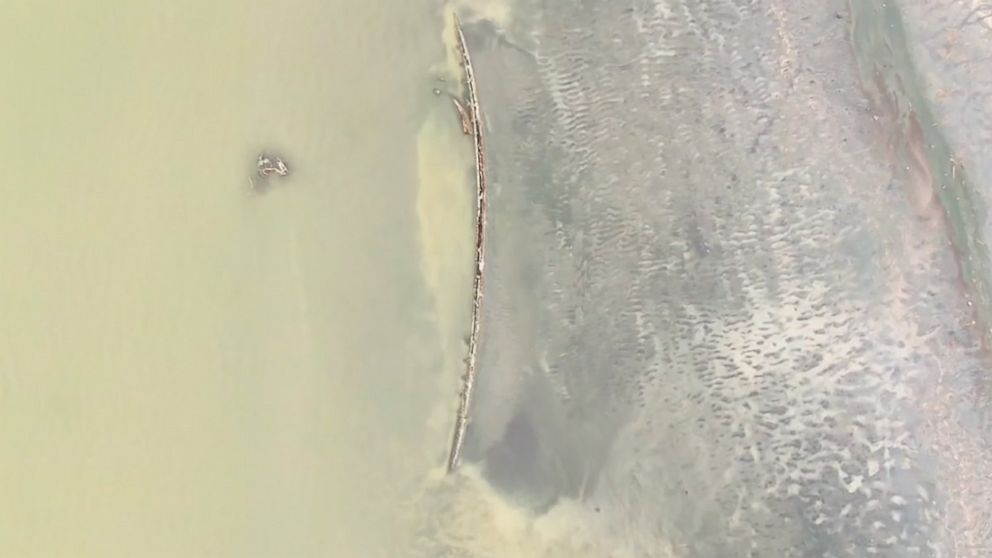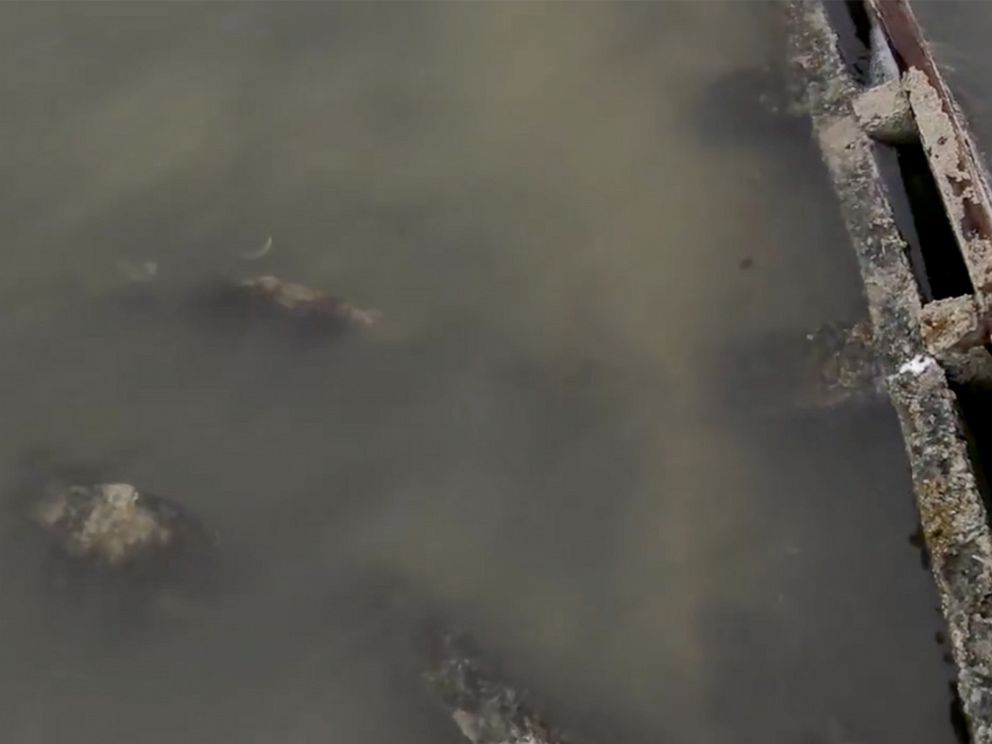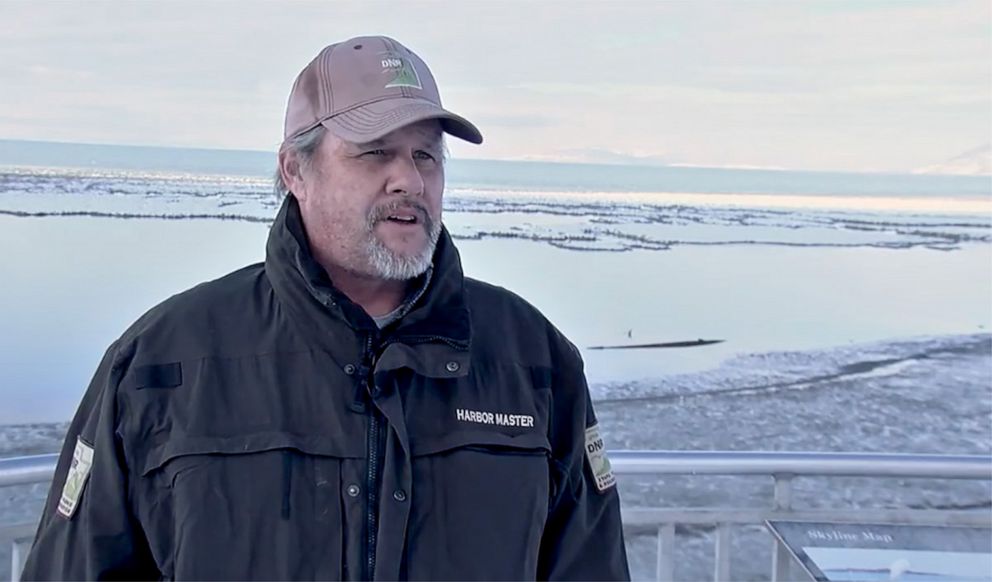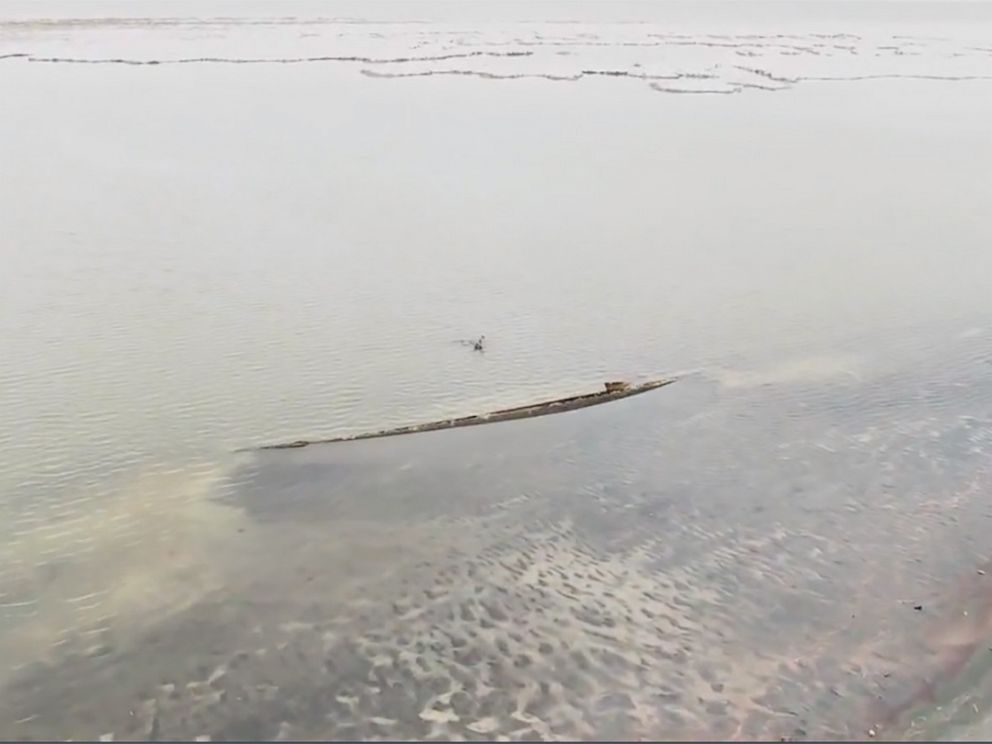Caribbean divided as Netherlands mulls slavery apology
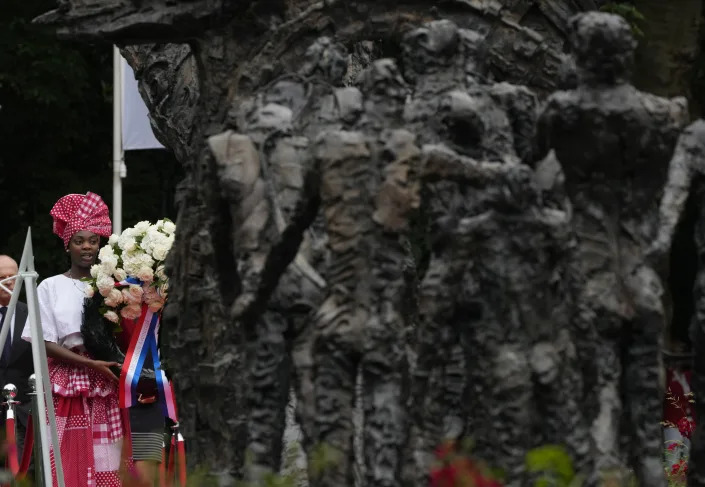

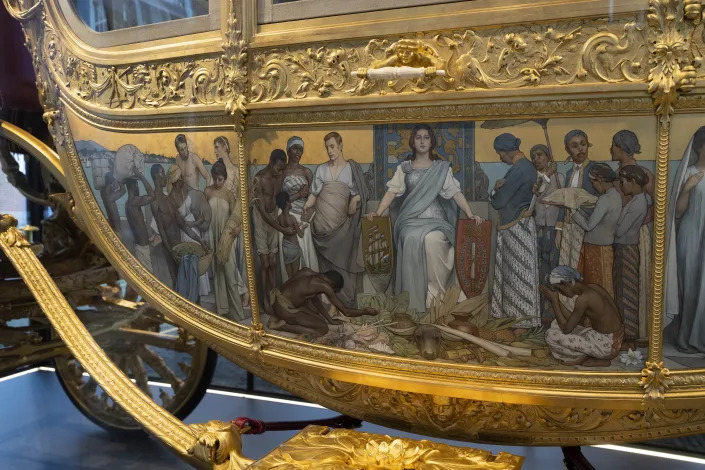
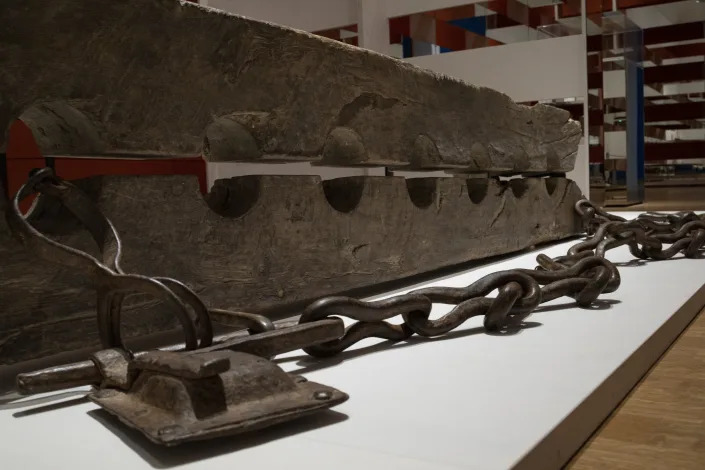
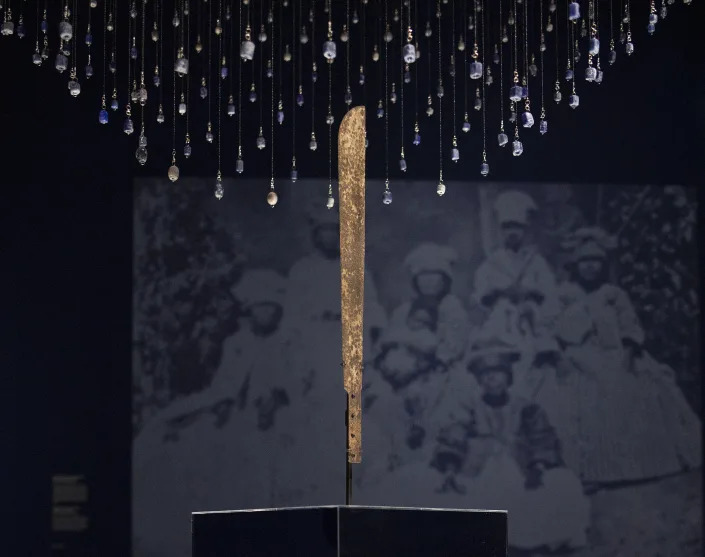

The National Monument Slavery Past by Erwin de Vries in Amsterdam, Netherlands is seen in this Dec. 10, 2020 file photo. The Netherlands is expected to issue a national apology for its brutal slavery past when Dutch officials visit their former Caribbean colonies in late Dec. 2022. (AP Photo/Peter Dejong, File)
GEROLD ROZENBLAD and DÁNICA COTO
Fri, December 16, 2022
PARAMARIBO, Suriname (AP) — Dutch colonizers kidnapped men, women and children and enslaved them on plantations growing sugar, coffee and other goods that built wealth at the price of misery.
On Monday, the Netherlands is expected to become one of the few nations to apologize for its role in slavery. Dutch Prime Minister Mark Rutte plans to speak in the Netherlands as members of his Cabinet give speeches in seven former Caribbean colonies, including Suriname.
Symbolism around crimes against humanity is controversial everywhere, and debates over Monday's ceremonies are roiling Suriname and other Caribbean countries.
In Suriname, activists and officials say they have not been asked for input about the apology, and that's a reflection of a Dutch colonial attitude. What's really needed, they say, is compensation.
In 2013, the Caribbean trade bloc known as Caricom made a list of requests including that European governments formally apologize and create a repatriation program for those who wish to return to their homeland, which has not happened.
“We are still feeling the effects of that period, so some financial support would be welcome,” said Orlando Daniel, a 46-year-old security guard and a descendant of slaves.
Suriname is an ethnically diverse country where roughly 60% of its 630,000 inhabitants live below the poverty line and 22% identify as Maroon — ancestors of slaves who escaped and established their own communities.
The Dutch first became involved in the trans-Atlantic slave trade in the late 1500s but did not become a major trader until the mid-1600s, when they seized Portuguese fortresses along Africa’s west coast and plantations in northeastern Brazil. Eventually, the Dutch West India Company became the largest trans-Atlantic slave trader, said Karwan Fatah-Black, an expert in Dutch colonial history and an assistant professor at Leiden University in the Netherlands.
Hundreds of thousands of people were branded and forced to work in plantations in Suriname and other colonies.
Portugal became the first European country to buy slaves in West Africa with help from the Catholic Church in the 1400s, followed by Spain. Some experts argue that large-scale sugar production in what is now Brazil then gave rise to the Atlantic slave trade that saw an estimated 12 million Africans transported to the Caribbean and the Americas over some 400 years, with at least 1 million dying en route.
Britain was among the first countries to ban the slave trade, in 1807. Dutch slavery continued until 1863.
If, as expected, the government issues a formal apology on Monday, it will put the Netherlands, which has a long history of progressive thinking and liberal laws, in the vanguard of nations and global institutions seeking to atone for their roles in historical horrors.
In 2018, Denmark apologized to Ghana, which it colonized from the mid-17th century to the mid-19th century. In June, King Philippe of Belgium expressed “deepest regrets” for abuses in Congo. In 1992, Pope John Paul II apologized for the church’s role in slavery. Americans have had emotionally charged fights over taking down statues of slaveholders in the South.
A Dutch government-appointed board issued a report last year saying that “today’s institutional racism cannot be seen separately from centuries of slavery and colonialism."
Politicians and civil-society organizations in Suriname say that July 1, 2023 would be a more appropriate date for the apology ceremony because it marks 160 years since the abolition of slavery in the country.
“Why the rush?” asked Barryl Biekman, chair of the Netherlands-based National Platform for Slavery Past.
Johan Roozer, chairman of Suriname’s National Slavery Past Committee, said that Legal Protections Minister Franc Weerwind, who has slave ancestors and is visiting Suriname Monday, should also be given reparations.
Romeo Bronne, a 58-year-old businessman in Suriname, said an apology is needed, but he wants to hear it from the king of the Netherlands or its prime minister.
“Slavery was a terrible period, and degrading acts were committed,” he said as he called for financial reparations to be spent on education, health and other public benefits. “We remained poor.”
Irma Hoever, a 73-year-old retired civil servant who lives in the capital, Paramaribo, said that the Dutch “do not understand what they have done to us.”
“They still enjoy what their ancestors did to this day. We still suffer. Reparations are needed,” she said.
Activists in the Dutch Caribbean territory of St. Maarten have rejected the anticipated apology and demanded reparations, too.
“We’ve been waiting for a few hundred years for true reparatory justice. We believe that we can wait a little further,” Rhoda Arrindell, a former government minister and member of a local nonprofit, said at a recent government meeting.
Like many nations, the Netherlands has been grappling with its colonial past, with the history of Dutch slavery added for the first time to local school curriculums in 2006.
“There is a sector in society that really clings to colonial pride and finds it difficult to acknowledge that their beloved historical figures have played a part in this history,” Fatah-Black said, referring to seafarers and traders long revered as heroes of the 17th century Dutch Golden Age, when the country was a major world power.
___
Coto reported from San Juan, Puerto Rico.
















